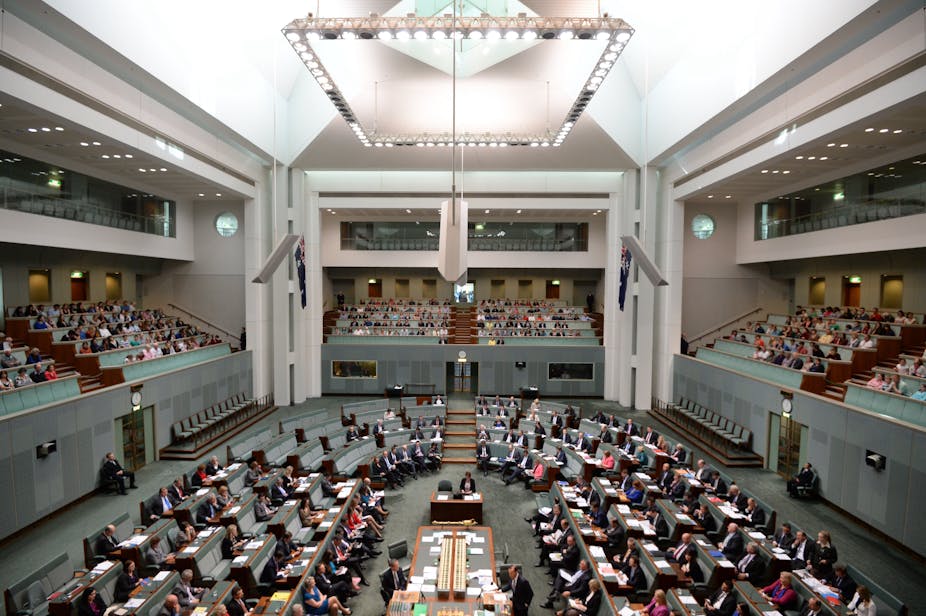So leaders of the Senate and the House of Representatives want to ban the burqa in open parliamentary chambers on the grounds of “security”. They would relegate wearers to a glass box usually reserved for parties of schoolchildren. The ban, if it is introduced over the prime minister’s belated objection, would include people with any facial coverings and thus the niqab would also be caught under this ruling.
Having worked at Scotland Yard for 30 years, mainly on counter-terrorism and since then having been involved in education around terrorism and security issues at a university, I have to ask myself: what is the security concern?
People entering the parliamentary building are subjected to airport-level security checks. The only difference is that passengers going through airports may also be subjected to swabbing for traces of explosives. If that’s the issue, buy an explosive-detection machine for parliament house.
And what is the thinking that has caused this ruling to be made? Could burqa-wearing women be concealing knives or explosives around their face that wouldn’t be detected at the entrance security check? I think not.
Or is it that they may be concealing offensive weapons elsewhere about their person? In which case parliament would have to ban the burqa, niqab and anyone wearing a coat.
If you accept the logic of banning the burqa for security reasons in parliament house, you surely have to ban it at other vulnerable places, for example airplanes. For if the burqa is a security issue at parliament house, do you want to be sitting on a plane with someone wearing a burqa? That’s the continuation of the logic.
And there is the other obvious anomaly. These women who are a security concern are being made to sit with … schoolchildren!
But there are more problems. The glass boxes were apparently designed to cut out the noise from chattering youngsters as they watch our parliamentarians debating the issues of the day. So presumably the glass isn’t resistant to explosives.
So take the worst-case scenario. A burqa-wearing suicide bomber concealing explosives round her neck and head takes her place in the glass box and at the appropriate moment detonates her device. The resulting explosion would likely kill the schoolchildren in the box. It would also turn the glass into deadly shrapnel, sending shards into the parliamentary chamber and endangering the lives of the parliamentarians and the Speaker … who introduced the segregation rule.
And how is the world viewing Australia’s decision to segregate women wearing the burqa? This from UK newspaper The Independent: “Australian parliament to create a separate ‘burqa box’ in parliament in name of security.” And this from Buzzfeed online: “New rules segregate Muslim women wearing niqabs and burqas behind glass at Australian Parliament: ‘Am I to understand that there is to be a burqa box now?’”
Yes, Australia, the phrase “burqa box” has been coined and will surely continue to be used, because of these Australian parliamentary house rules. While I couldn’t possibly comment, some may consider that the proposed burqa box has not been properly thought through.
If there are genuine concerns for the safety of parliament - and despite my somewhat flippant tone, I do accept that these may be legitimate - the answer is not to alienate a section of our community but to improve security at the entrance to parliament house. If identification is an issue, a female security officer can take the person to a separate room and request the facial covering be removed to check against identity documents. If it works for airports, surely it should work for the house?

